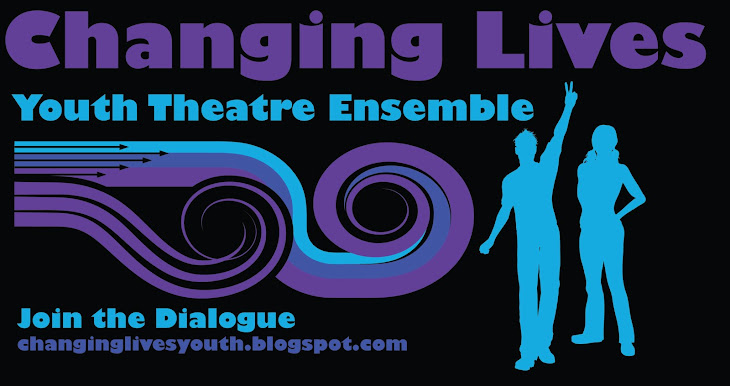It's finally that time . . .
We're kicking off the Spring Tour of our new play, "Perhaps Tomorrow. . ." next week.We'll be appearing at the George Washington Carver Center in East Austin this Monday, February 1st as part of SafePlace's Start Strong event. "Riot the Silence to End the Violence" is a community kickoff for Teen Dating Violence Prevention Month. If you live in the Austin Area, please stop by and check out all the amazing youth groups who use the arts as a force to inform their peers about healthy relationships.
We'll be performing along with other local artists like The Cipher - Austin's Hip-Hop Project, P.U.B.L.I.C. O.F.F.E.N.D.E.R.S., DJ Chicken George, Gidon, and Georgia Napolitano.

Where: Boyd Vance Theatre, George Washington Carver Center
1165 Angelina St., Austin, TX 78702
When: Feb. 1st, 2010 6-8pm
Price: FREE!!
If you'd like to catch the Changing Lives Youth Theatre Ensemble at one of our local tour stops, check out our schedule and pay us a visit. For a list of all the stops on our tour, see our tour flyer below. We'll also be posting reminders about all of our performances, so make sure you click "follow" on the right side of the page to receive the updates!!

Thanks for your interest & support.
















